By Annu Markkula, Päivi Petänen & Hannamaija Tuovila. VTT Technical Research Centre of Finland.
Exploring Future Development Aspirations and Alternatives in Sustainable Fashion Business Models
What kind of benefits or new value opportunities could sufficiency-based business models provide to enhance fashion’s sustainability? Would there be negative outcomes, and what kind of changes and sacrifices might be needed?
These were the questions we explored in two recent CRAFT-IT4SD workshops, where we aimed to investigate sufficiency-based fashion business models in the context of the EU’s climate targets. 31 fashion professionals from seven European countries shared their views with us.
What are sufficiency-based business models?
In essence, these models are a subset of the many sustainable business models available. Unlike those that primarily emphasise technological innovation and efficiency improvements to enhance sustainability, these models also address the elephant in the room: reducing consumption. This is undoubtedly a challenging issue for various reasons, not least because of the importance of customer spending for the economy.
Inspired by the business model development tools by renowned business model scholar Nancy Bocken and her colleagues (2022), we organised two workshops to examine the value creation potential and limitations of sufficiency-based business models considering the perspectives of the environment, consumers, network actors, and society and culture. We looked at made-to-measure, local production, upcycling/remake, second-hand, fashion rental and zero-waste models.
And what did we learn? Below, we share some examples of the insights we gathered, which will be detailed further later this year in our project reports.
Benefits of sufficiency-based business models
If sufficiency-based business models become more common, the environment would benefit from reduced pressure on natural resources and increased appreciation of local resources. Consumers would enjoy deeper connections with local businesses, enhanced digital experiences, stronger ties to their garments, greater value for crafts, a sense of community, and potential economic benefits. Network actors would gain new business opportunities, a greater sustainability impact, and improved customer relationships. Society and culture would see revitalised local economies, improved employee well-being, and increased appreciation of crafts.
Negative outcomes of sufficiency-based business models
Negative outcomes would include uncertainty about environmental sustainability impacts. Consumers would face increased decision complexity, economic sacrifices, radical changes in consumption practices, and greater social division due to unequal resource distribution. Network actors could encounter traceability difficulties, high initial investments, business ecosystem disruption, and rebound effects in their sustainability initiatives. Society and culture might experience resistance, the need to reorganise skills and use of time, and employment insecurities and risks.
Changes and potential sacrifices needed
From the environmental perspective, changes and sacrifices would include a cultural and mental shift, new investments, sustainable design practices, regulatory policies, new governance models, and supply chain transparency. Consumers would need to adjust their behaviour, moving away from the «more is more» attitude. As noted by workshop participants: “People would need to get used to not getting their dopamine hits from buying something new”. Collective efforts would also be needed to make sustainable products desirable and empower individuals. Network actors would need to develop innovation skills, inspire change for sustainability, create new production systems, and invest in sustainability. Society would need to invest in collaborative efforts, governance support, and training, education, and technologies to support these shifts.
What is hindering sufficiency-based business models from becoming more common?
Despite the various positive aspects, why aren’t these models more widespread? Do potential negative outcomes and necessary changes outweigh the benefits? For example, why aren’t consumers embracing mindful consumption? And is the business potential too hidden for investors to see? Perhaps we haven’t explored these aspects deeply enough. In the coming months, we will investigate these questions further as we assess the climate impacts of these models and design new business model alternatives for climate transition.
REFERENCES
Bocken, N. M. P., Niessen, L., & Short, S. W. (2022). The Sufficiency-Based Circular Economy—An Analysis of 150 Companies [Original Research]. Frontiers in Sustainability, 3. https://doi.org/10.3389/frsus.2022.899289
